Trout fishing is a cherished outdoor activity that blends the serenity of nature with the excitement of landing a beautiful fish, making it perfect for beginners and seasoned anglers alike. Whether you’re casting in a quiet mountain stream, a tranquil lake, or a stocked fishery, learning how to catch trout opens up a world of adventure in stunning landscapes. Trout species like rainbow, brown, brook, and cutthroat are renowned for their vibrant colors, spirited fight, and delicious flavor when cooked, making them a favorite among anglers. Found in rivers, lakes, and even pay-to-fish trout farms across the United States, trout are accessible to all skill levels. With the right knowledge and gear, you can start catching trout with confidence. This comprehensive guide will cover everything you need to know, from understanding trout behavior and habitat to selecting the best equipment and mastering effective techniques, with a special focus on float fishing for its peaceful and productive nature. Let’s dive into the art of trout fishing and set you on the path to success.
Fishing Coverage on AllOutdoor
- Fly Fishing Gear for Beginners: Everything You Need to Get Started
- The Presso Rave2 Fishing Spoon – Daiwa’s Refined Modern Take
- Ice Fishing Tips: The Techniques to Get Fish to the Top Side of Hard Water
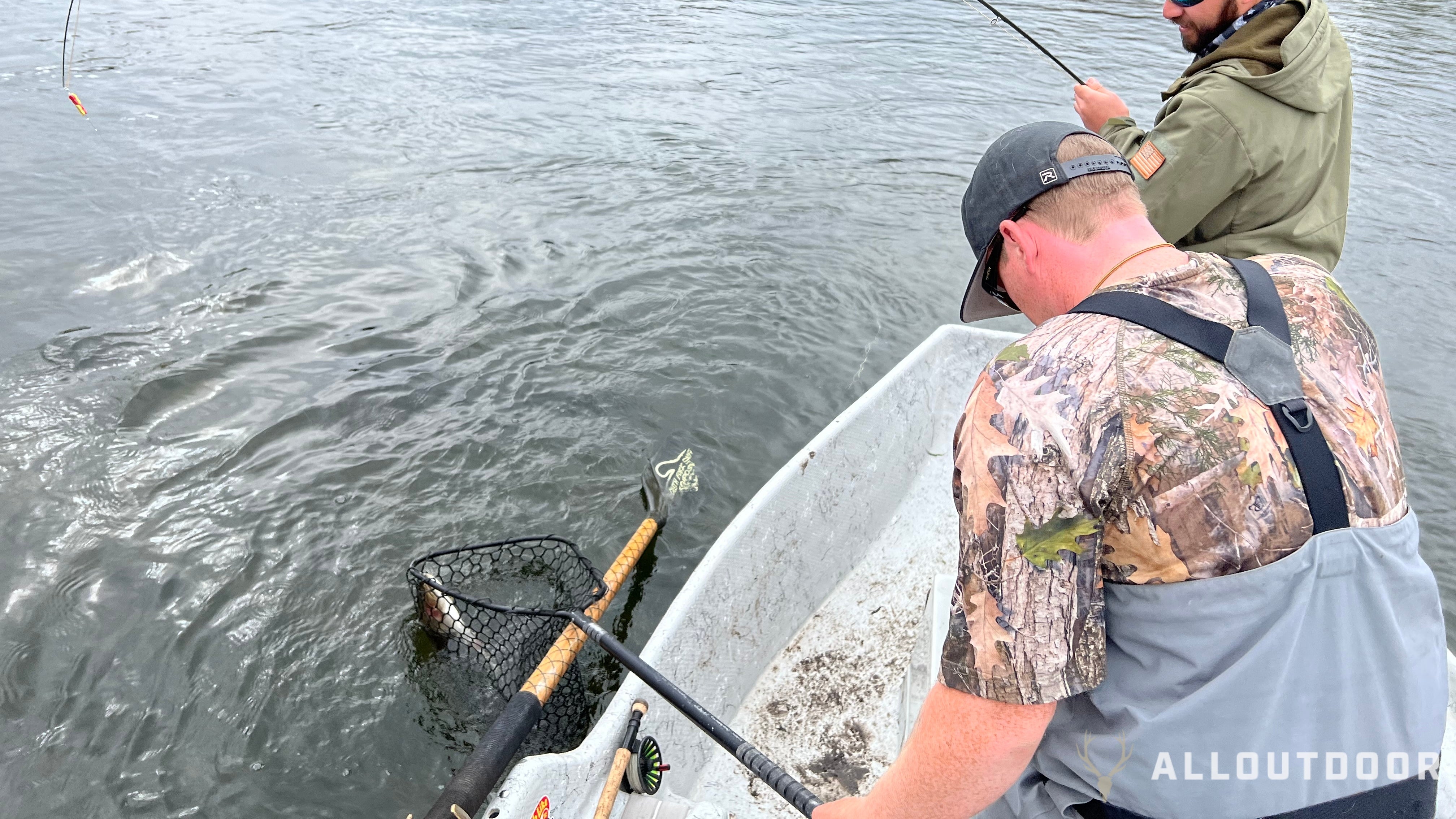
How to Catch Trout: A Beginner’s Guide to Success
To catch trout effectively, it’s crucial to understand their behavior and preferred habitats, as this knowledge helps you locate the best fishing spots and tailor your approach. Trout thrive in cold, oxygen-rich waters, typically between 50–60°F, found in rivers, streams, lakes, ponds, and stocked fisheries. In rivers and streams, trout seek out pools, riffles, undercut banks, or areas near rocks and logs where they can hide from predators while waiting for food to drift by. In lakes, they gather near inlets, drop-offs, or shaded areas with cooler water. Trout are typically opportunistic feeders, consuming aquatic insects, small fish, crustaceans, and terrestrial critters like grasshoppers, making them responsive to various baits and lures. Larger trout species like Brown Trout have even been known to consume small rodents when the opportunity presents itself. However, their wariness requires stealth and natural presentation to avoid spooking them even given their aggressive feeding nature.

Trout are most active in spring and fall when water temperatures are ideal, retreating to deeper, cooler waters in summer. To find trout, check state fish and wildlife websites for stocking schedules, as many public waters are regularly stocked with trout. National parks like Yellowstone or the Great Smoky Mountains offer prime fishing, while local bait shops and online communities will usually give you a good canvassing of nearby hotspots. For a more controlled experience, trout fish farms and stocked locations, such as private ponds or pay-to-fish fisheries, are excellent options, often charging a fee per fish or per visit. In fact, my very first trout fishing experience as a kid was at one such hatchery here in Oregon.
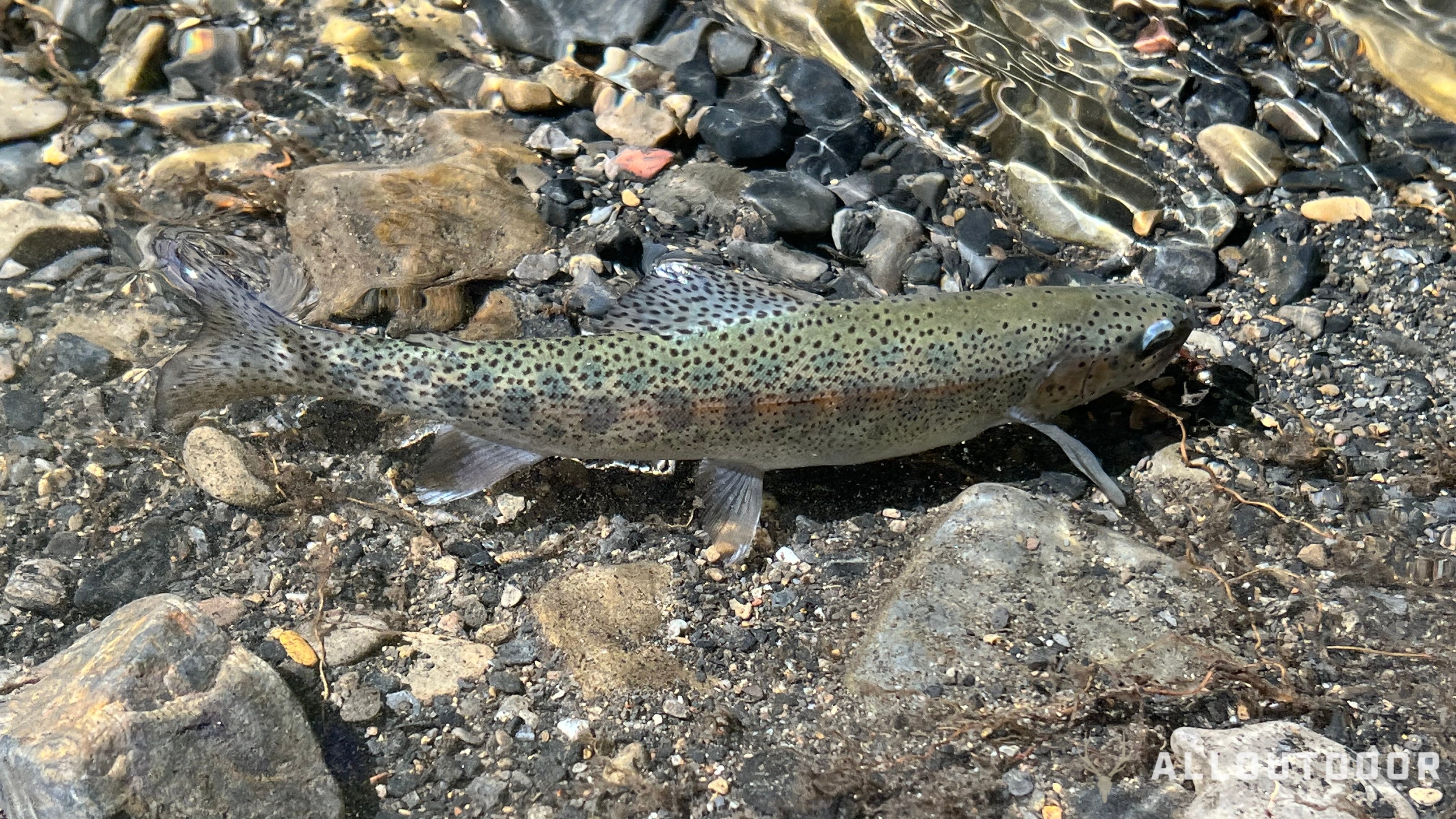
When it comes to one of the best aspects of the fish, trout is a delicious and versatile fish, prized for its delicate, mildly sweet flavor and tender, flaky texture, making it a favorite among natives of the Pacific Northwest (my home region). Rich in protein, omega-3 fatty acids, and essential nutrients like vitamin D and B12, trout offers a healthy and satisfying meal option when you’re out camping and have the proper licensing as well. It can be prepared in various ways, such as pan-frying with butter, lemon, and herbs for a simple campfire meal or grilled, baked, or smoked to enhance a nice weekend protein alternative. Whether caught fresh from a stream or purchased from a market, trout is extremely good when it’s prime fishing season.
Essential Gear for Trout Fishing Success
Having the right gear is essential for trout fishing, but you don’t need to spend a fortune to get started. A 5–7-foot ultralight or light spinning rod paired with a spinning reel (size 1000–2500) is perfect for beginners due to its sensitivity and versatility for casting small lures or bait, especially when float fishing. Choose 4–8-pound test monofilament or fluorocarbon line, with fluorocarbon’s low visibility being ideal for clear trout waters. For bait fishing, use size 8–12 single hooks with split shot sinkers placed 12–18 inches above to control depth without unnatural drag.
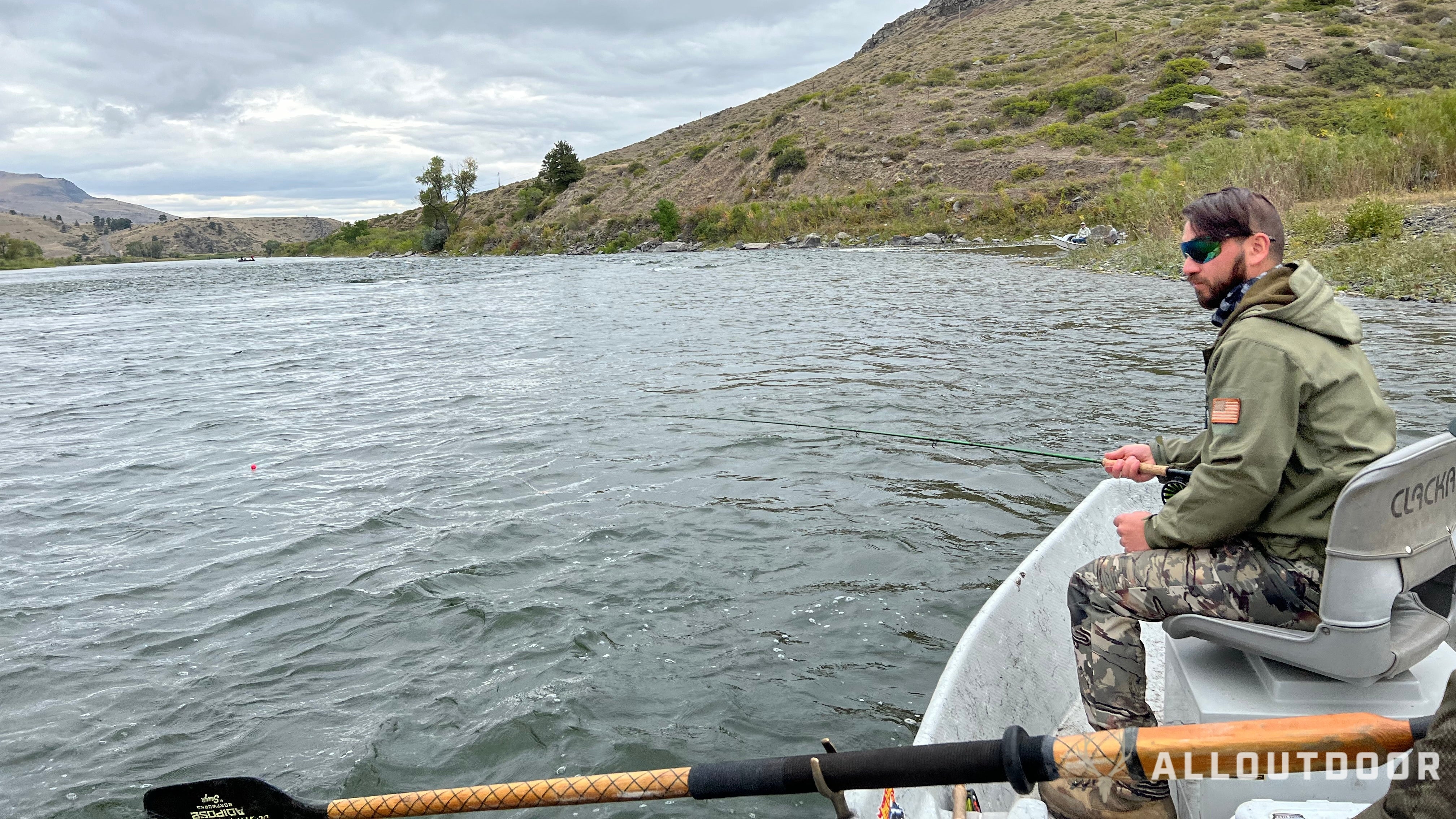
Popular baits include live worms, minnows, salmon eggs, or PowerBait molded into a small ball, though check regulations, as some waters, including certain fish farms, restrict live bait. Artificial lures like spinners (e.g., Mepps or Panther Martin), spoons, or small crankbaits mimic prey and work well, while fly fishing enthusiasts can use dry flies, or nymphs (e.g., Pheasant Tail) to match local insects. Other essential accessories we often cover here on AllOutdoor include a tackle box for organizing gear, a small landing net for safe fish retrieval, polarized sunglasses that are a must for bright days, and chest waders that can expand your territory for stream fishing.
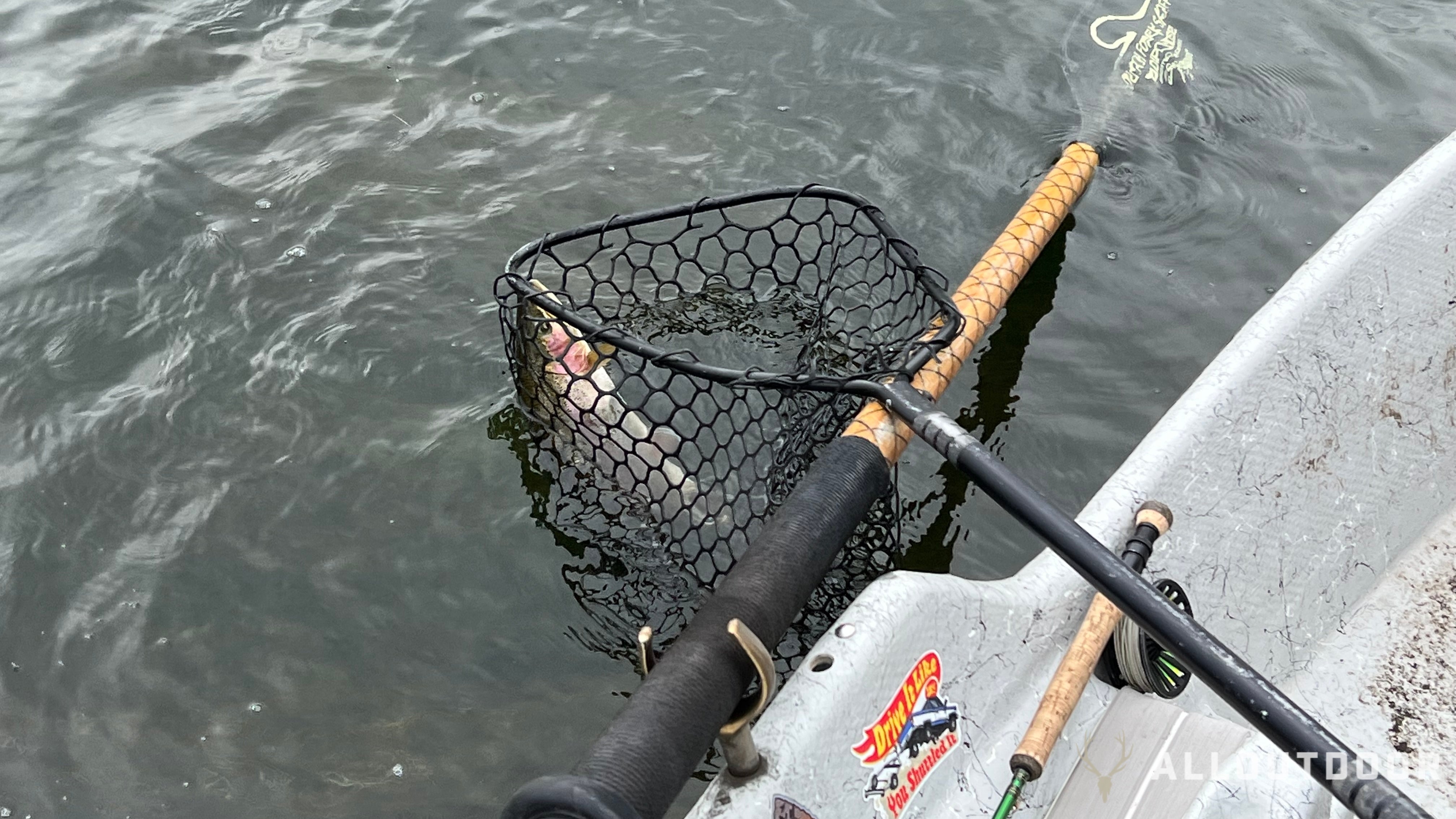
For float fishing, a lightweight float tube or inflatable pontoon boat gives you greater mobility and access to prime spots. I know that sounds like a lot of equipment but to really boil it down all you need is a hook, some bait, a good rod and reel, and finally a fishing spot and you’ll be good to go. You can make this as simple or as complex as you want.
If you’re looking for a great beginner’s guide to Fly fishing check out this article on AllOutdoor! Fly Fishing Gear for Beginners: Everything You Need to Get Started
Top Techniques for Catching Trout
When it comes to catching trout, float fishing is my absolute favorite technique due to its peaceful nature, ease of mobility, and high success rate (for me anyway). Using a float tube or inflatable pontoon boat, you can quietly glide across lakes or slow-moving rivers, accessing hard-to-reach spots like drop-offs, inlets, or weed beds where trout congregate. The nature of floating allows you to immerse yourself in the fishing experience more, drifting and guiding your boat silently to avoid spooking wary trout, while the mobility lets you cover more water than shore fishing. To float fish, set up your spinning rod with a bobber, a size 8–12 hook, and a split shot sinker, using baits like worms, salmon eggs, or PowerBait.

Most of the advice I’ve been given over the years has recommended that I cast near structures or deeper pools, letting the bait drift naturally at the right depth, typically just above the bottom in lakes or in the current’s seam in rivers. The bobber’s gentle bobbing signals bites, making it easy to detect strikes. Float fishing is highly effective in stocked lakes and pay-to-fish trout farms, where fish are abundant and fees (often per fish or visit) ensure a productive day if you’re looking to stock your freezer and give the kids some fishing practice as well.
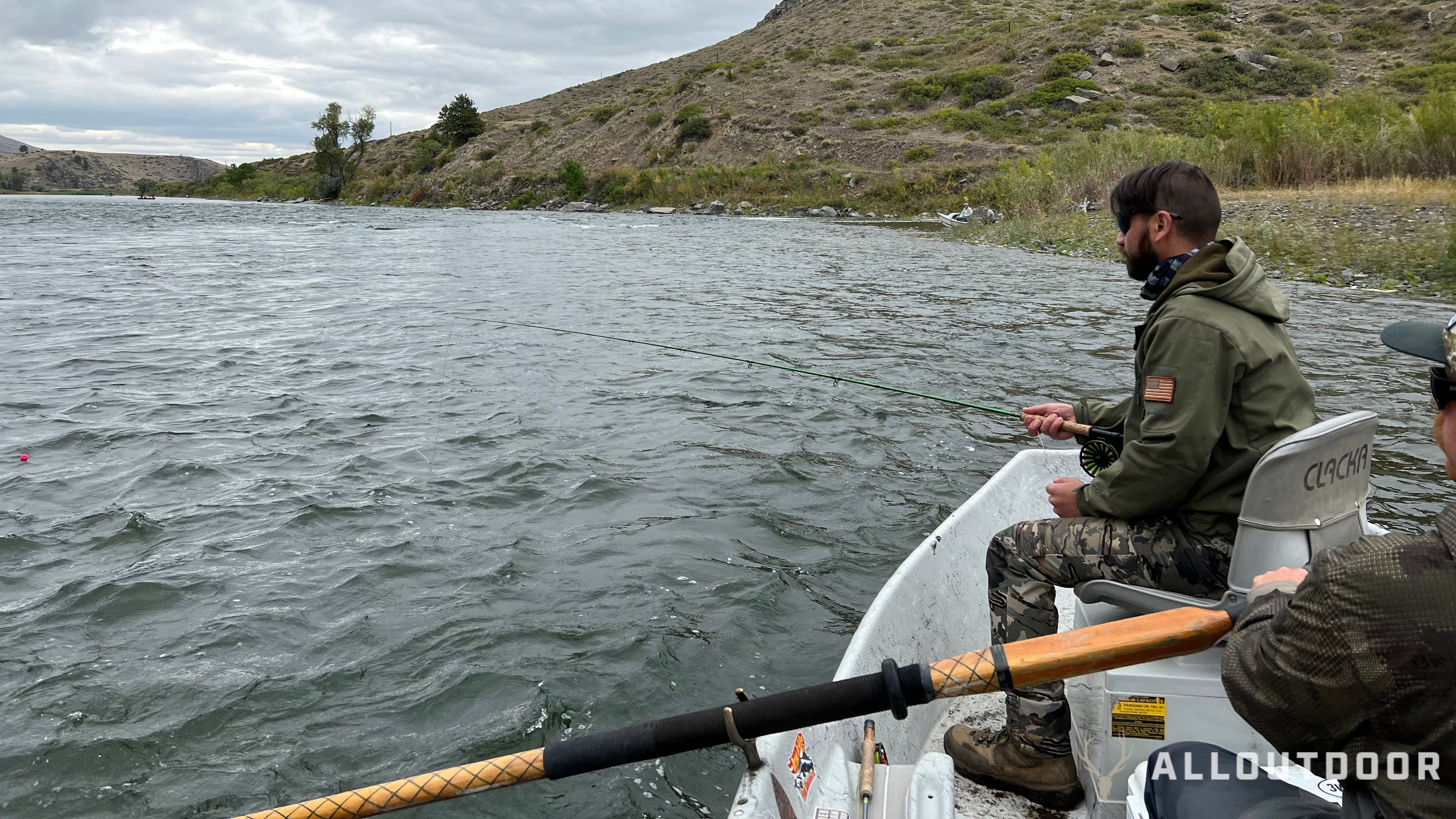
Lure fishing with spinners, spoons, or crankbaits covers more water, with varied retrieval speeds to trigger strikes, especially in murky waters with bright lures like chartreuse. Fly fishing, using a 4–6-weight rod and flies like nymphs or dry flies to match local hatches, is effective in streams but requires more practice and is something even I’ve yet to master with my spotty fishing habits. Each method has its place, but float fishing’s calm, mobile, and often dynamic nature makes it my absolute favorite.
Strategies for Success
Like any good pastime fishing and angling has a bunch of time-honored trips that help boost your success. I’ve learned over the years that you can incorporate some of these time-honored tips and adapt your own knowledge of local seasonal patterns to generate the most success. Fish during dawn or dusk when trout are most active, and approach quietly to avoid startling them. When float fishing, paddle gently to maintain stealth, and read the water for seams, bubbles, or rising fish indicating feeding activity.
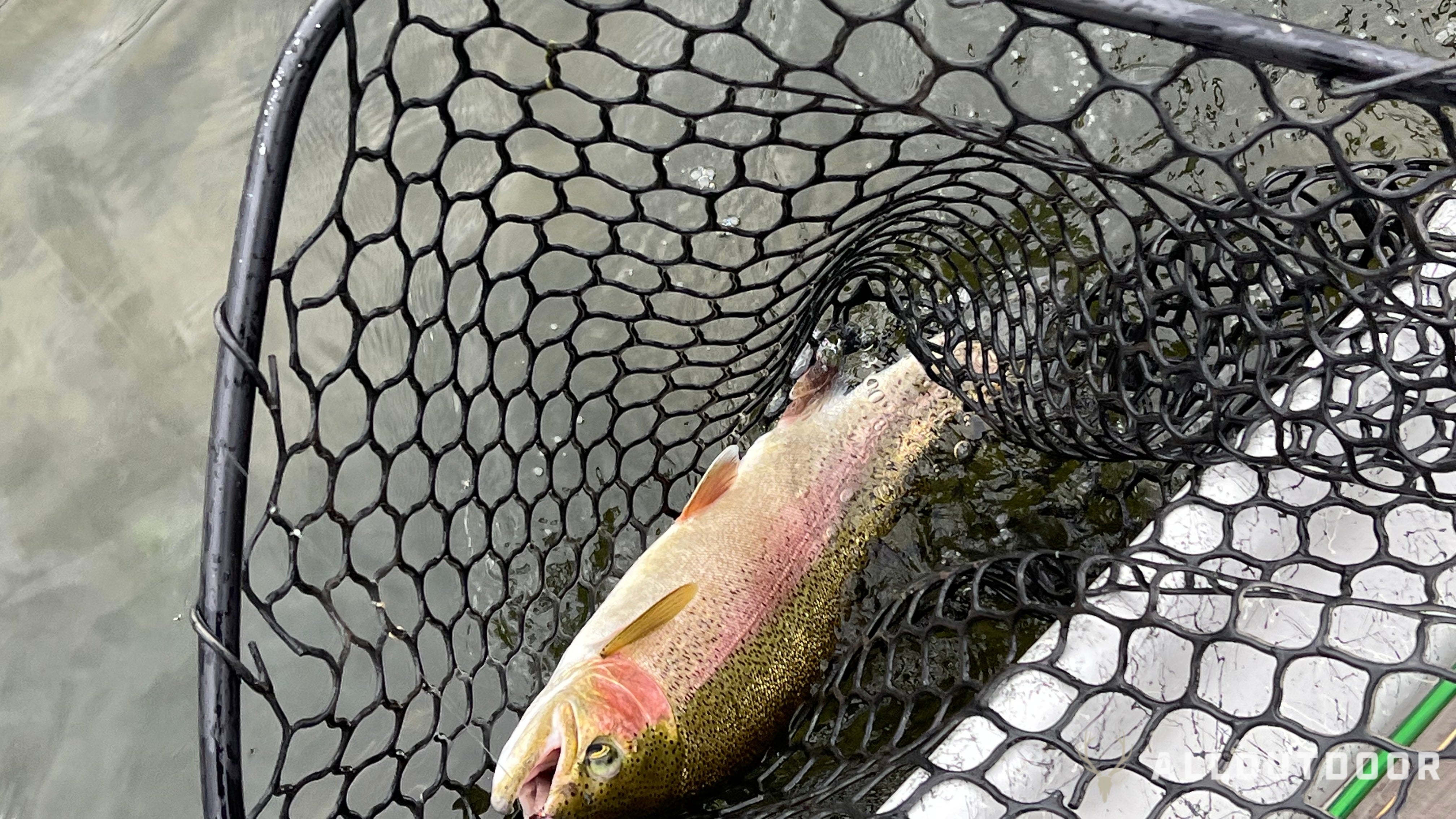
If you’re after practice or aren’t much for fish as a meal, you can always practice catch and release with barbless hooks to help preserve trout populations, particularly in wild waters. Seasonally, spring sees aggressive trout, ideal for float fishing in shallow streams with baits or nymphs. In summer, I’ve always been told that you should target deeper, shaded areas via float tube early in the morning. Fall is prime for bright lures or streamers, while winter calls for slow, deep pools with small baits during warmer hours.
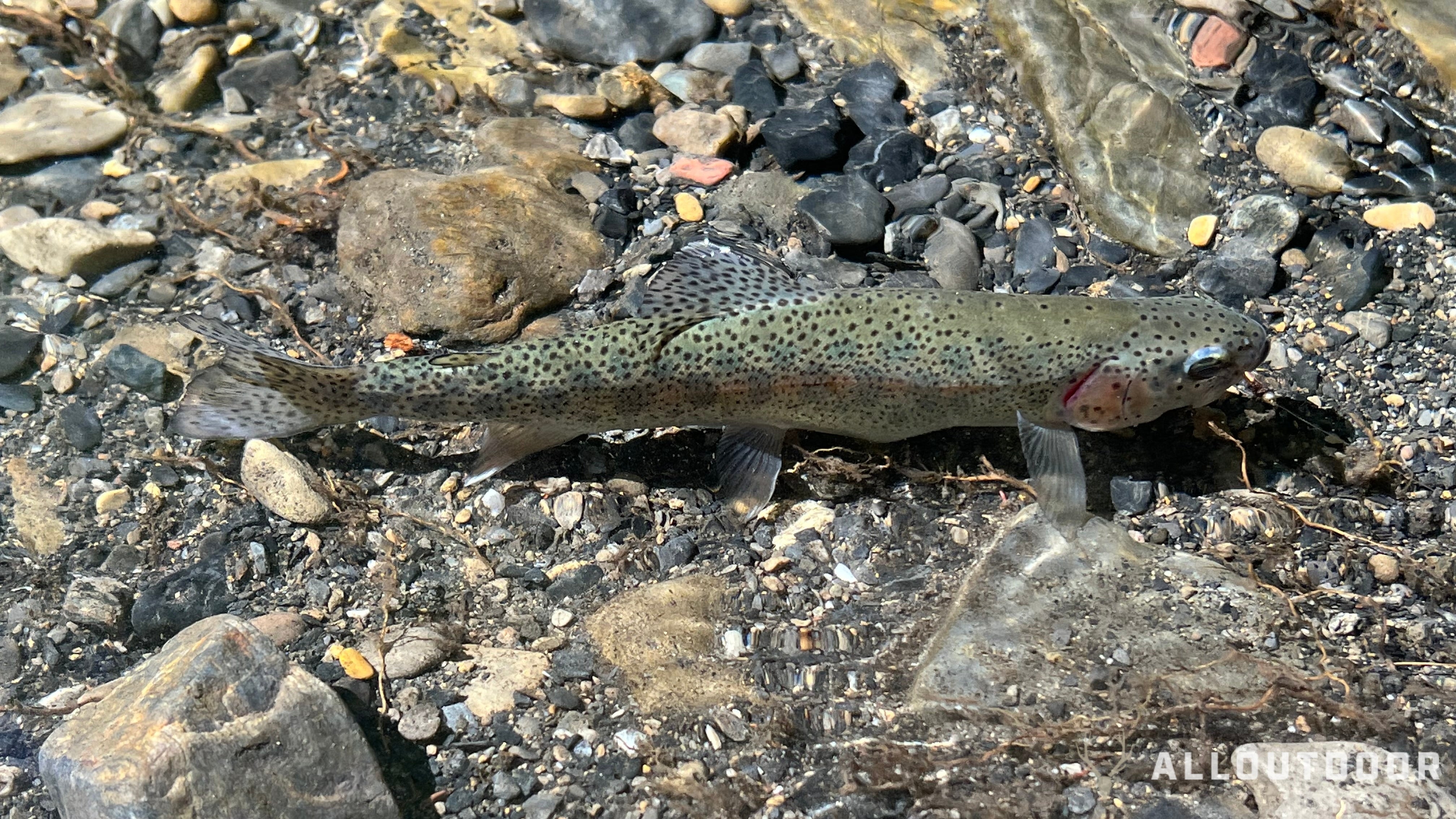
Some mistakes you can avoid that I’ve embarrassingly committed in the past would be to avoid using heavy lines (stick to 4–8-pound test), overcasting, or ignoring overcast days, which are often better. In fact most of the pictures from this article were taken on a particularly overcast day with zero sun breakthrough and clouds that were constantly threatening rain (and eventually did). If you’re fly fishing, it’s always a good idea to practice your rigging at home so that you can do it in a pinch when you inevitably tangle or snag a line on something other than a fish.
Final Thoughts
Trout fishing is a rewarding way to connect with nature and admittedly one I don’t get to take advantage of all that often. It offers a unique combination of peace and excitement for anyone who enjoys a bit of action spliced in with their beautiful scenery. By understanding trout behavior, equipping yourself with the right gear, and mastering your rod and reel skills you’ll be reeling in the fish and impressing your friends in no time!
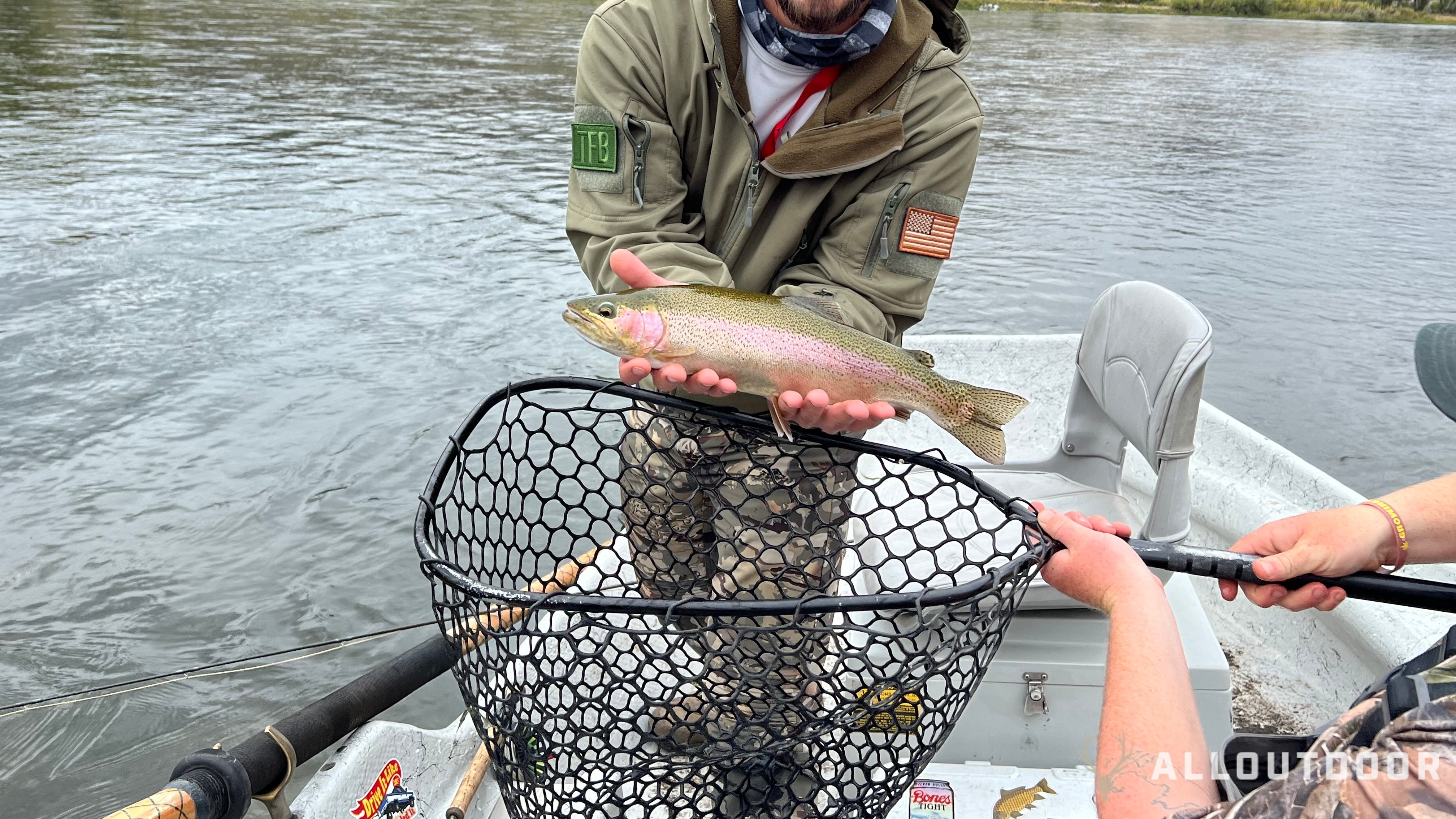
The post How to Catch Trout: A Beginner’s Guide to Success appeared first on AllOutdoor.com.


